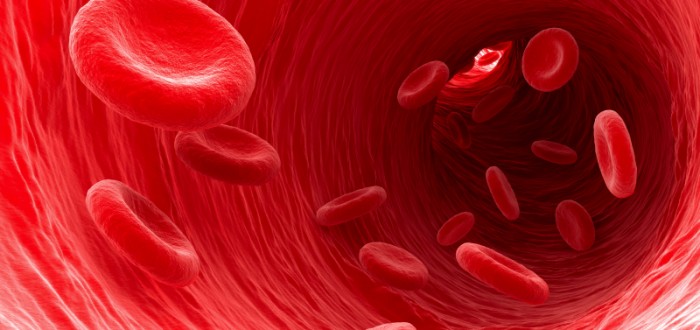A novel therapeutic that kills mesothelioma cells by cutting off their blood supply was found in phase-three clinical testing to extend survival, but not for all patients.
Fewer than half the patients benefitted from taking NGR-hTNF, the new drug from pharmaceutical company MolMed in Milan, Italy.
MolMed scientists had hoped NGR-hTNF would extend survival rates for all mesothelioma patients who failed to be helped by first-line chemotherapy. The company was disappointed that NGR-hTNF helped just 40 percent of the mesothelioma patients in that category.
On the other hand, the company said it was delighted that those who did benefit were the ones with the poorest prognoses. Survival times for those patients improved by up to 40 percent.
Mesothelioma Tumor Blood Flow Targeted
MolMed describes NGR-hTNF as an agent that targets the blood vessels of tumors.
It is produced in the lab by combining two molecules into a potent single package. The first is a peptide that has an affinity for finding and attaching itself to tumors. The second is human tumor-necrosis factor α – hTNF for short.
The peptide is CNGRCG. It doesn’t attach itself just anywhere on a tumor it finds. The only place it attaches is to an aminopeptidase N receptor. This receptor is located on the tumor’s blood vessels.
Tumor blood vessels carry nourishment into each mesothelioma cell making up the tumor. If those blood vessels were to wither away and collapse, the mesothelioma cells fed by them would stop working and die off.
That’s where the human tumor-necrosis factor α comes in. The stuff acts like a monkey wrench tossed into a gear-driven piece of machinery.
However, before the combined NGR-hTNF package could be tested on mesothelioma patients, the scientists had to make sure it wouldn’t also attack and destroy the blood vessels of healthy cells. That was a concern because healthy cells also have the aminopeptidase N receptor.
But the concern apparently proved unfounded. In the lab and under the microscope, the scientists could see that NGR-hTNF stayed away from the aminopeptidase N receptors of normal cells.
The scientists also realized early on that NGR-hTNF by itself would not be able to do the whole job against a monstrously tough foe like mesothelioma.
So they designed the therapy to be paired with chemotherapy — chiefly chemotherapy based on gemcitabine, vinorelbine and doxorubicin.
Clinical Trial Included 400 Pleural Mesothelioma Patients
According to Claudio Bordignon, who runs MolMed, NGR-hTNF represents the first time that “a highly significant clinical benefit was achieved in a large subpopulation with the worst prognosis, represented by patients refractory or rapidly progressing after first-line treatment.”
The clinical trial Bordignon’s company conducted was double-blinded and placebo-controlled. Enrolled were 400 patients with malignant pleural mesothelioma for whom first-line chemotherapy did not work. Overall survival increased by almost three months for patients in the worst-prognosis subset.
The company’s scientists took detailed notes about those who were helped by NGR-hTNF. That will ultimately make it easy for clinicians in daily practice to know which of their patients are most likely to benefit from this therapy.
MolMed officials were pleased that NGR-hTNF has gone on to receive orphan drug status from the U.S. Food and Drug Administration and from the FDA’s European Union counterpart. This status allows NGR-hTNF to be used on both continents to treat mesothelioma.
Meanwhile, MolMed has underway a phase-two clinical trial of NGR-hTNF in the role of maintenance therapy.

